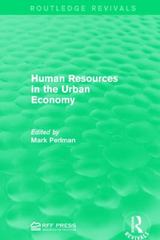Question
D. Consider the case where the parties originally agreed to the per-unit royalty plan, where the investor receives $96 for each unit the firm sells.
D. Consider the case where the parties originally agreed to the per-unit royalty plan, where the investor receives $96 for each unit the firm sells.
After evaluating the effects of the four plans on market outcomes, including party payoffs, the parties that agreed to the per-unit royalty plan realize that they can improve their payoffs by selecting a different plan, provided they adjust the terms of the alternative plan. Which mechanism(s) should the firms adopt? How can they adjust the terms of the agreement to make both parties better off than they are under the $96-per-unit royalty plan? Terms are adjusted by, for example, changing the royalty rates on profit or revenue. They could also change the size of the franchise fee.
Consider an investor interested in a firm whose inverse demand equals: P = 800 - 2Q. The firm's marginal cost of output is constant and equals $160 per-unit. The profit- maximizing firm produces 160 units in each period (MR = 800 - 4Q = 160; so Q = 160, and sets its price at $480 (800 - 2x160)). At this level of output, firm revenue equals $76,800 (160 x $480) and its profit equals $51,200 (($480 - $160) x 160).
Step by Step Solution
There are 3 Steps involved in it
Step: 1

Get Instant Access to Expert-Tailored Solutions
See step-by-step solutions with expert insights and AI powered tools for academic success
Step: 2

Step: 3

Ace Your Homework with AI
Get the answers you need in no time with our AI-driven, step-by-step assistance
Get Started


